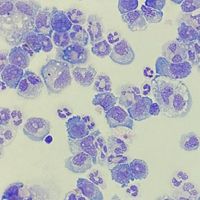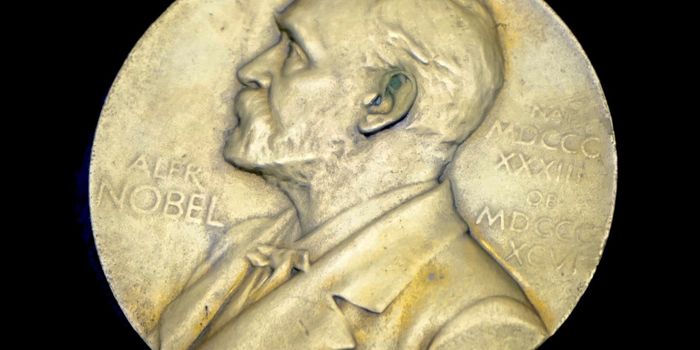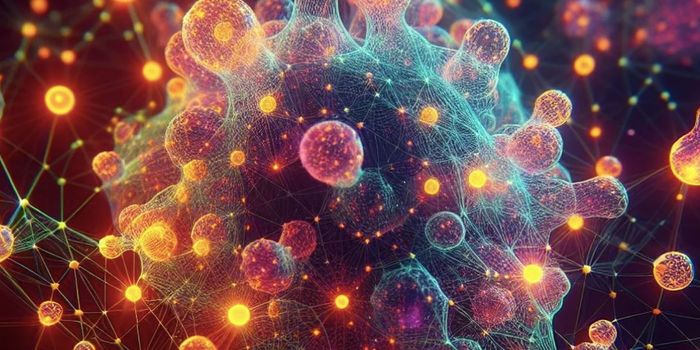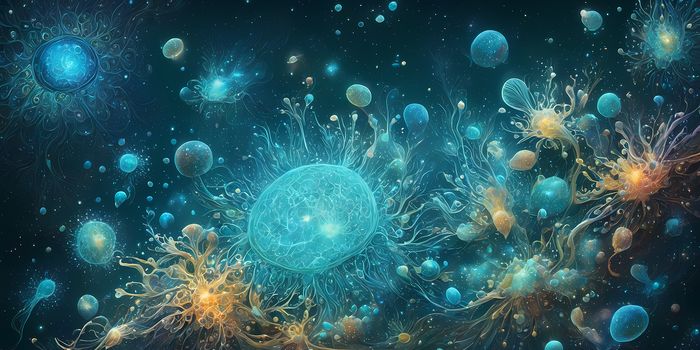Novel Treatment Regenerates Nerve Fibers in Neurological Disorders
“Neurological disabilities” is an umbrella term to describe a wide range of nervous system disorders. Disorders can occur before birth or after as a result of various factors including head trauma, infections, nutrient deprivation, or others. The World Health Organization (WHO) has stated that 1 in 3 people worldwide are affected by neurological disorders. Some of these disorders include epilepsy, learning disabilities, neuromuscular disorders, autism, and over 600 more, according to the U.S. National Library of Medicine. In many neurological disorders neurons die or become dysfunctional, which causes poor communication between the muscles and nervous system. As a result, muscle atrophy can occur and cause further health complications. Scientists within the field are working to understand these neurological disorders more and identify solutions for nerve damage. In an exciting breakthrough, one research group at The Ohio State University has discovered an immune cell that can regenerate nerve fibers.
A recent article published in Nature Immunology, by Dr. Benjamin Segal and others, discovered that bone marrow cells can be used to stimulate decaying neurons to regrow. Segal is the Stanley D. and Joan H. Ross Chair of Neuromodulation, co-director of the Neurological Institute, Director of the Neuroscience Research Institute, and Chair of Neurology at The Ohio State University Wexner Medical Center. His work focuses on neurological disorders, including multiple sclerosis (MS), and the mechanism before central nervous system (CNS) repair. Segal has been noted as a pioneer and leader in the field of MS research, receiving many awards, including the Harry Weaver Neuroscience Scholar Award from the National Multiple Sclerosis Society.
Segal and his team employed different animal models as well as in vitro systems to reverse nerve damage and regain homeostatic functions in the nervous system. With the goal to develop neurological treatments, Segal and his team found that physicians can take a patient’s own cells to help regenerate the nervous system. The type of cells taken were from the bone marrow and stimulated to create pro-regenerative cells. Interestingly, these cells successfully influenced neurons to regenerate nerve fibers. The study demonstrated this could occur in eight separate human donors. Due to their regenerative ability and long survival rate compared to stressed neurons, this indicates that not only could this help slow down neurological disorders, but also reverse damage and improve nervous system function.
Similarly to immune cell therapy in cancer patients, physicians would take these bone marrow cells from the patient, stimulate the cells in the lab, expand them, and reinfuse the cells back into the patient at the site of infection or damage. The ability to use autologous cells from patients is also revolutionary because it reduces the time spent looking for a donor match and improves survival.
Segal and others have discovered how to regenerate neurons in humans, building off their previous work in animal models. This research effectively demonstrates the concept of polarizing bone marrow cells to be applied to damaged parts of the body. While this translational work provides impressive feasibility and treatment efficacy, more research to optimize the process is needed to produce enough cells to adequately infuse into patients. In the future, Segal and his team hope to start a clinical trial and improve quality of life and survival in patients with neurological disorders.
Article, Nature Immunology, Benjamin Segal, The Ohio State University Wexner Medical Center








